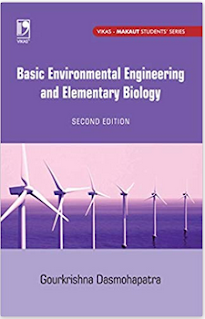A.C. Bridges
INTRODUCTION.:- Alternating current bridge methods are of outstanding importance for measurement of electrical quantities. Measurement of inductance,capacitance, storage factor, loss factor may be made conveniently and accurate by employing a.c. bridge networks.
The a.c. bridge is a natural outgrowth of the wheastone bridge. An a.c. bridge, in its basic form,consists of four arms, a source of excitation ,and a balance detector. In a.c. bridge each of the four arms is an impedance, and the battery and the galvanometer of the wheatstone bridge are replace respectively by an a.c. source and a detector sensitive to small alternating potential differences.
The usefulness of a.c. bridge circuits is not restricted to the measurement of unknown impedances and associated parameters like inductance,capacitance, storage factor, dissipation factor, etc. These circuits find other application in communication system and complex electronic circuits. Alternating current bridge circuit are commonly used for phase shifting, providing feedback paths for oscillators and amplifiers, filtering out undersirable signals and measuring the frequency of audio signals.
 |
| Fig: Basic a.c. bridge network |
SOURCES AND DETECTORS. :- For measurements at low frequencies, the power line may act as the source of supply to the bridge circuits. For higher frequencies electronic oscillators are universally used as bridge source supplies. These oscillators have the advantage that the frequency is constant, easily adjustable, and determineable with accuracy. The waveform is very close to a sine wave, and thier power output is sufficient for most bridge measurements. A typical oscillator has a frequency range of 40 Hz to 125 KHz with a power output of 7 W.
The detectors commonly used for a.c. bridge are
(i) Head phones
(ii) Vibration galvanometers, and
(iii) Tuenable amplifier detectors.
Head phones are widely used as detectors at frequencies of 250 Hz and over upto 3 or 4 kHz. They are most sensitive detectors for this frequency range.
when working at a single frequency a tuned detector normally gives the greatest sensitivity and discrimination against harmonics in the supply.
Vibration galvanometers are extremly useful for power and low audio frequency range. Vibration galvanometers are manufactured to work at various frequencies ranging from 5 Hz to 1000 Hz but are most commonly used below 200 Hz as below this frequency they are more sensitive than the head phone.
Tuenable amplifier detectors are the most versatile of the detectors.The transistor amplifier can be tuned electrically and thus can be made to respone to a narrow bandwidth at the bridge frequency. The output of the amplifier is fed to a pointer type of instrument. This detector can be used, over a frequency range of 10 Hz to 100 kHz.






